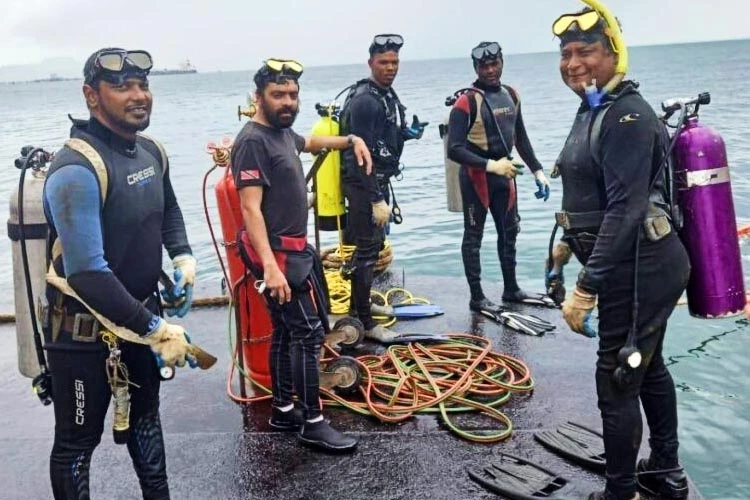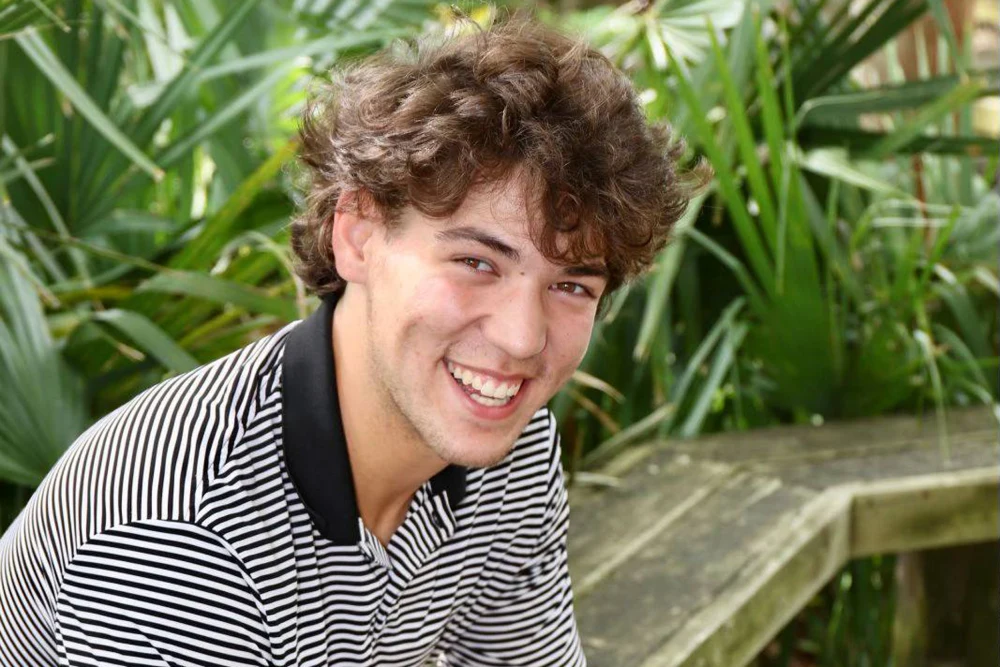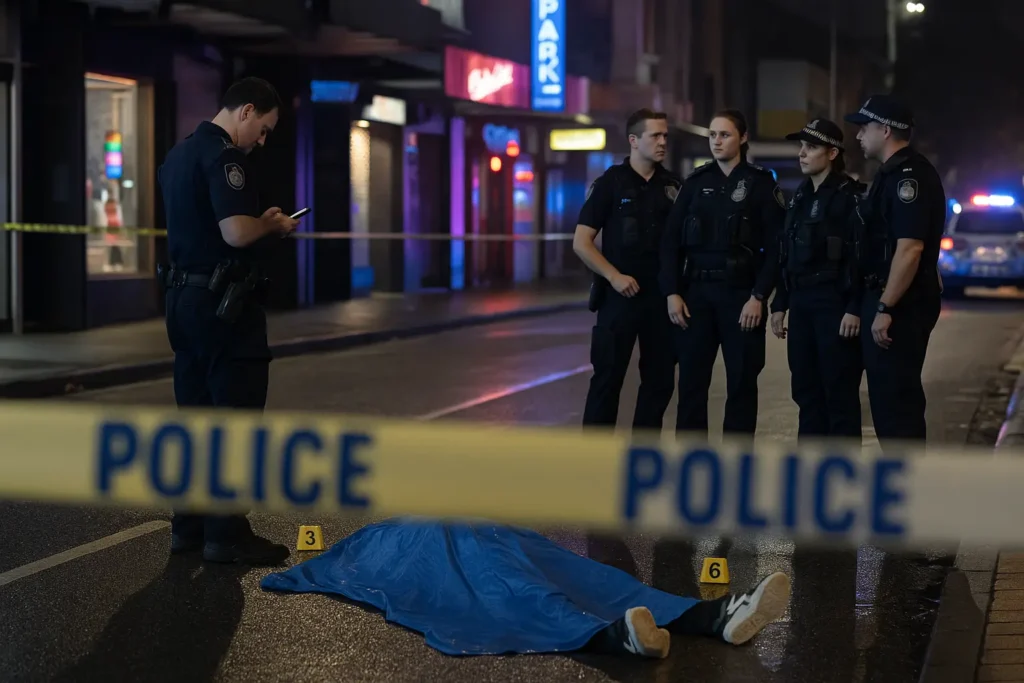Now Reading: Paria diving incident: Timeline & aftermath
-
01
Paria diving incident: Timeline & aftermath
Paria diving incident: Timeline & aftermath

The Paria diving incident shocked not only Trinidad and Tobago but also people all across the world, even Australians who are interested in maritime issues. This terrible industrial catastrophe in early 2022 brought to light major flaws in safety procedures and sparked urgent concerns about how people operate offshore and how they respond to emergencies. We’ll explain what happened during the Paria diving tragedy, why it matters and what Australians, especially those who work in the marine, diving or offshore industries, may learn from it in this article.
What happened during the Paria diving incident?
Four divers—Kazim Ali Jr., Yusuf Henry, Rishi Nagassar, and Philo Bruno—tragically died on February 25, 2022, while working on an underwater pipeline for Paria Fuel Trading Company Limited in Pointe-à-Pierre, Trinidad and Tobago. Christopher Boodram, a fifth diver, survived despite being stuck for several hours.
The divers were fixing a 36-inch pipeline on the seabed when a change in pressure unexpectedly pulled them inside the line. Once they were inside, the soldiers were stuck in a small space with no light and not much access to oxygen. After that, there was a long and disputed delay in the rescue response.
Timeline of the incident
- February 25, 2022: The team was fixing things underwater when the vacuum-like suction happened, pulling the divers into the pipe.
- Late 25 February – 26 February: One diver, Christopher Boodram, was able to get away and call for help. Even when they knew that other people were still alive inside, Paria stopped the rescue efforts.
- February 27, 2022: After more than 48 hours without any attempts to get the captive guys out, the dead were found.
- February 28, 2022: All four dead divers were found in the pipeline.
Why did rescue efforts face criticism?
Paria’s response to the incident was one of the most talked-about topics. Survivor Boodram reported that his coworkers were still alive and tapping on the pipeline walls, but Paria Fuel Trading Company did not initiate a rescue effort because they believed it was too dangerous.
This decision caused a huge public outcry and led to the creation of a Commission of Enquiry (CoE). The main questions were:
- Could you please explain why the rescue efforts ceased despite reports indicating the presence of life?
- Did the divers acquire the right information and equipment?
- Did Paria do what it was supposed to do to protect workers?
Lessons for Australian industries
Australia has a big oil and gas industry offshore, so it needs to pay close attention to what happened in Paria. This tragedy makes it much more clear that we need:
- Strict adherence to diving safety protocols
- Quick and well-funded reactions to emergencies
- Clear chain of command during emergencies
- Communicating well with families and the public
Commercial diving and subsea maintenance are very important to offshore sectors in WA, NT and QLD and the same hazards are present here. To avert a similar calamity, Australian businesses should practice their crisis plans and hold regular drills.
The Commission of Enquiry and aftermath
The Trinidad and Tobago government set up a Commission of Enquiry in reaction to public indignation. The hearings started in late 2022 and went on into 2023. Important testimonies showed:
- Divers were underprepared for the dangers of differential pressure.
- Despite their readiness, Paria management refused to let emergency responders in.
- The business put responsibility and legal issues ahead of the urgent rescue.
The CoE’s goal was to hold people accountable and suggest changes to the system, such as creating laws that would make industrial diving safer.
Remembering the victims
The four divers who died in this disaster were more than just names on a report:
- Kazim Ali Jr. is the son of the owner of LMCS and is well-known and respected.
- Yusuf Henry is a father and a hard worker who is recognised for his discipline.
- Rishi Nagassar was a passionate family man who was known for his kindness and laughter.
- Philo Bruno is a energetic and passionate about diving and safety.
Their families are still looking for justice, responsibility and long-term changes to make sure this kind of disaster never happens again.
Why this is important to Australians
People in Australia who operate in similar fields, such as building pipelines or working on offshore rigs, should take the Paria diving tragedy as a warning. The National Offshore Petroleum Safety and Environmental Management Authority (NOPSEMA) and other Australian regulatory organisations should utilise that incident as a case study to strengthen the safety rules they already have.
Also, Australian diving contractors and oil and gas companies have a moral duty to ensure that:
- Risk evaluations are more than just filling out forms.
- Bureaucracy doesn’t slow down rescue operations.
- Every worker’s life is considered priceless.
Conclusion
We may have avoided the diving accident in Paria. It indicated that there was a big problem with how emergency responders, businesses, and people talked to each other. For Australians who work in dangerous fields, it serves as a sobering reminder of what can happen when money, rules, or fear come before human life.
The families of the Paria divers are still fighting for justice. The least we can do, whether we live in Trinidad or Tasmania, is to ensure their loss leads to change. I hope this tragedy never happens again.


























